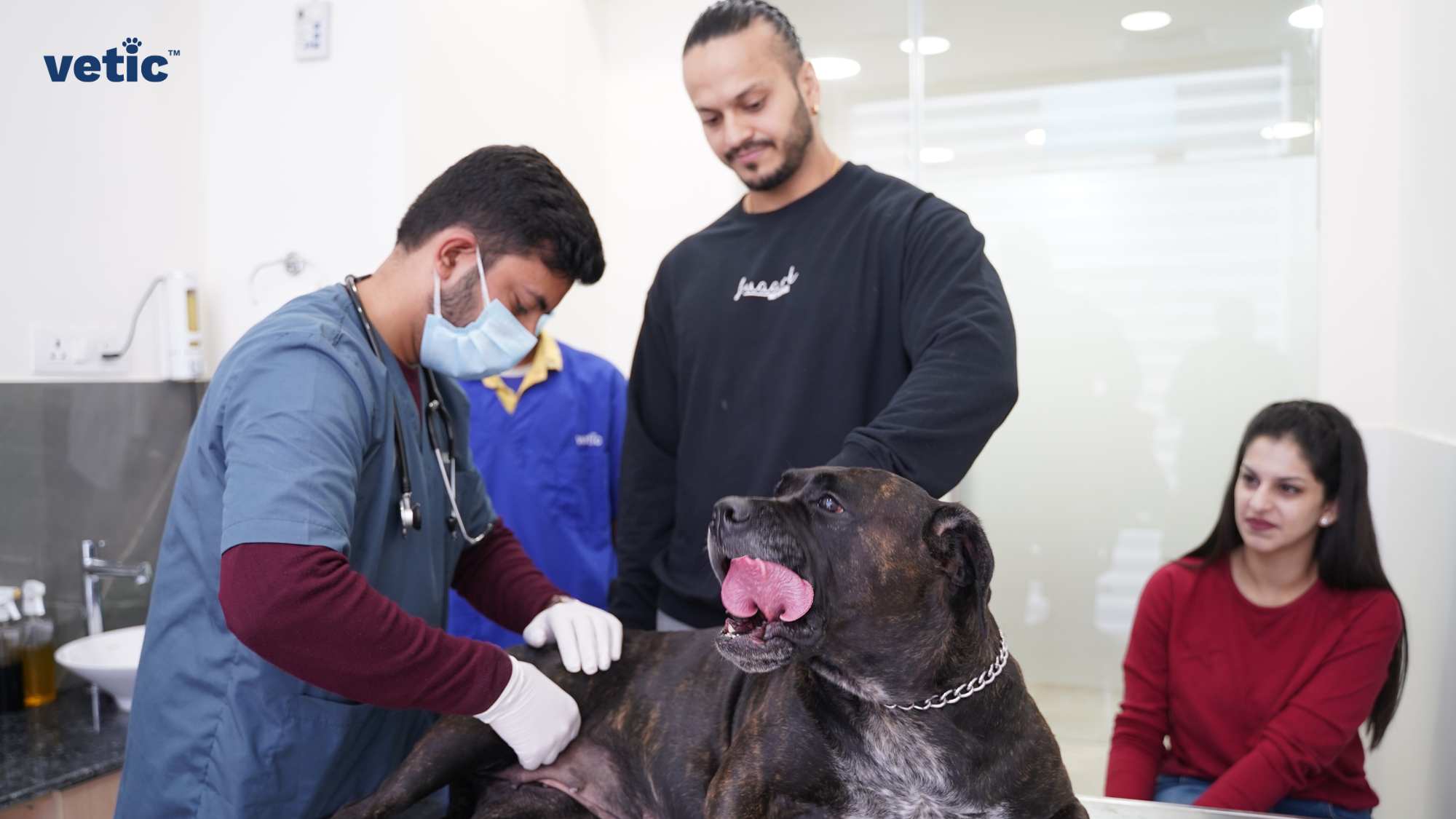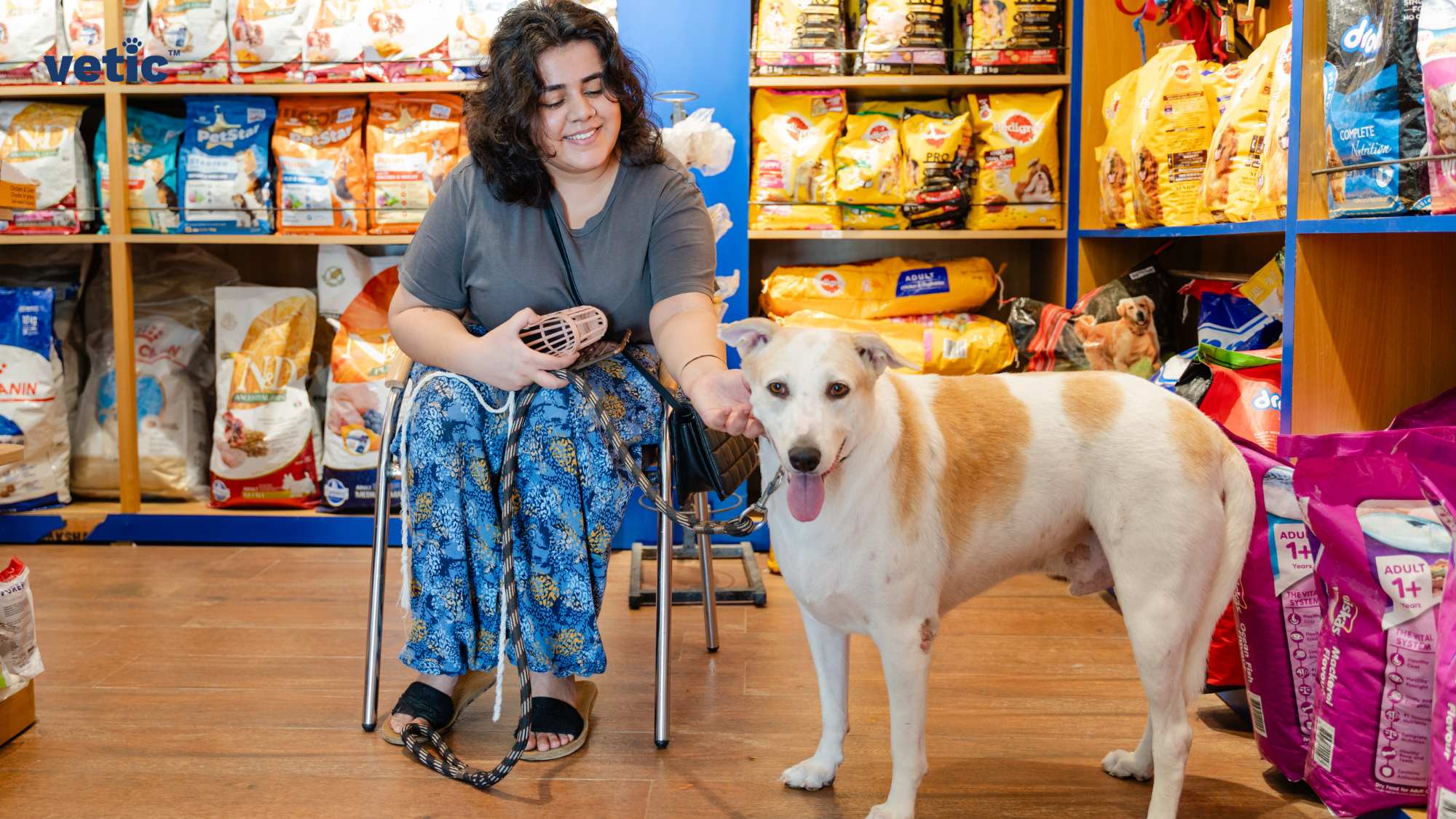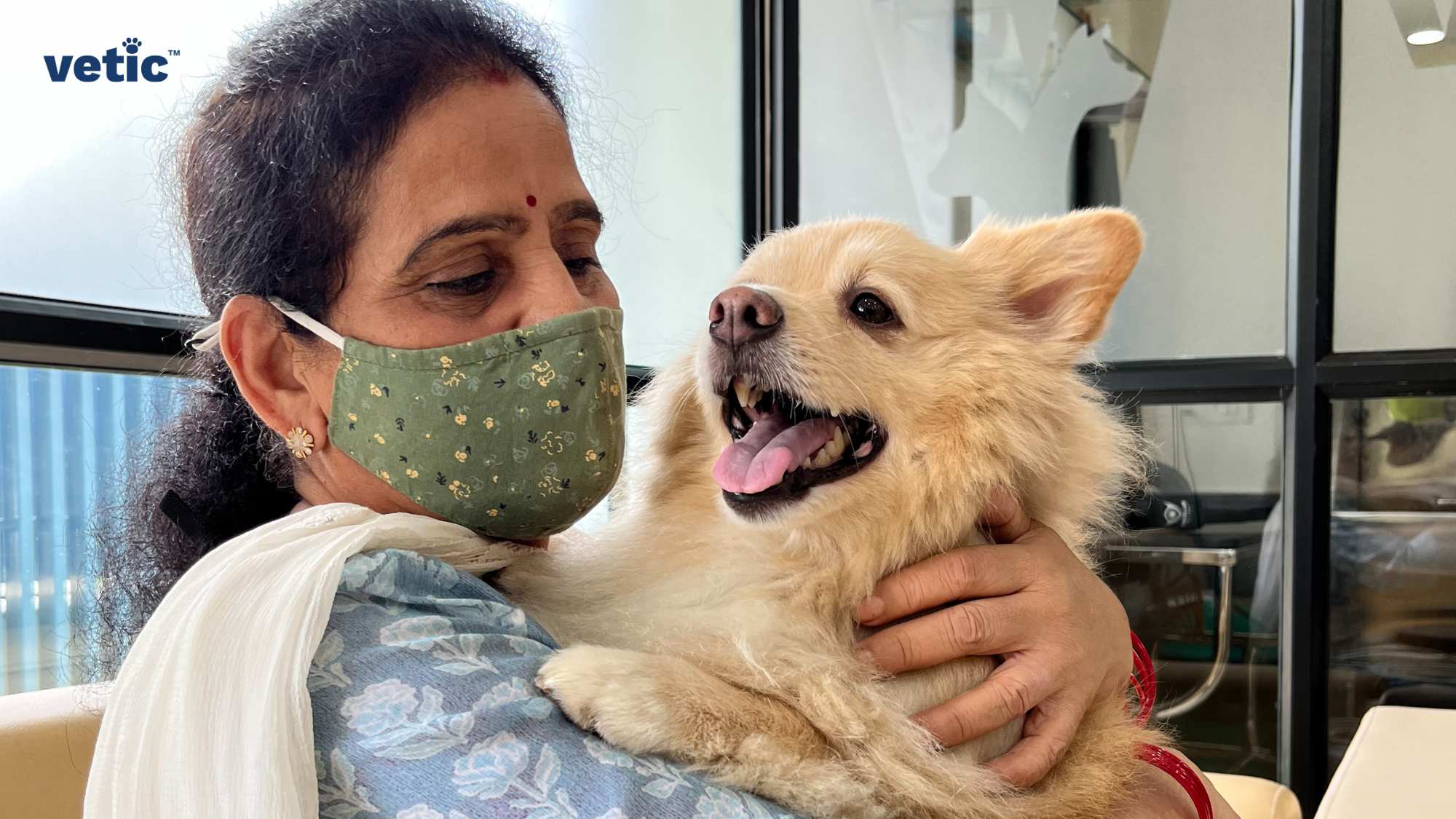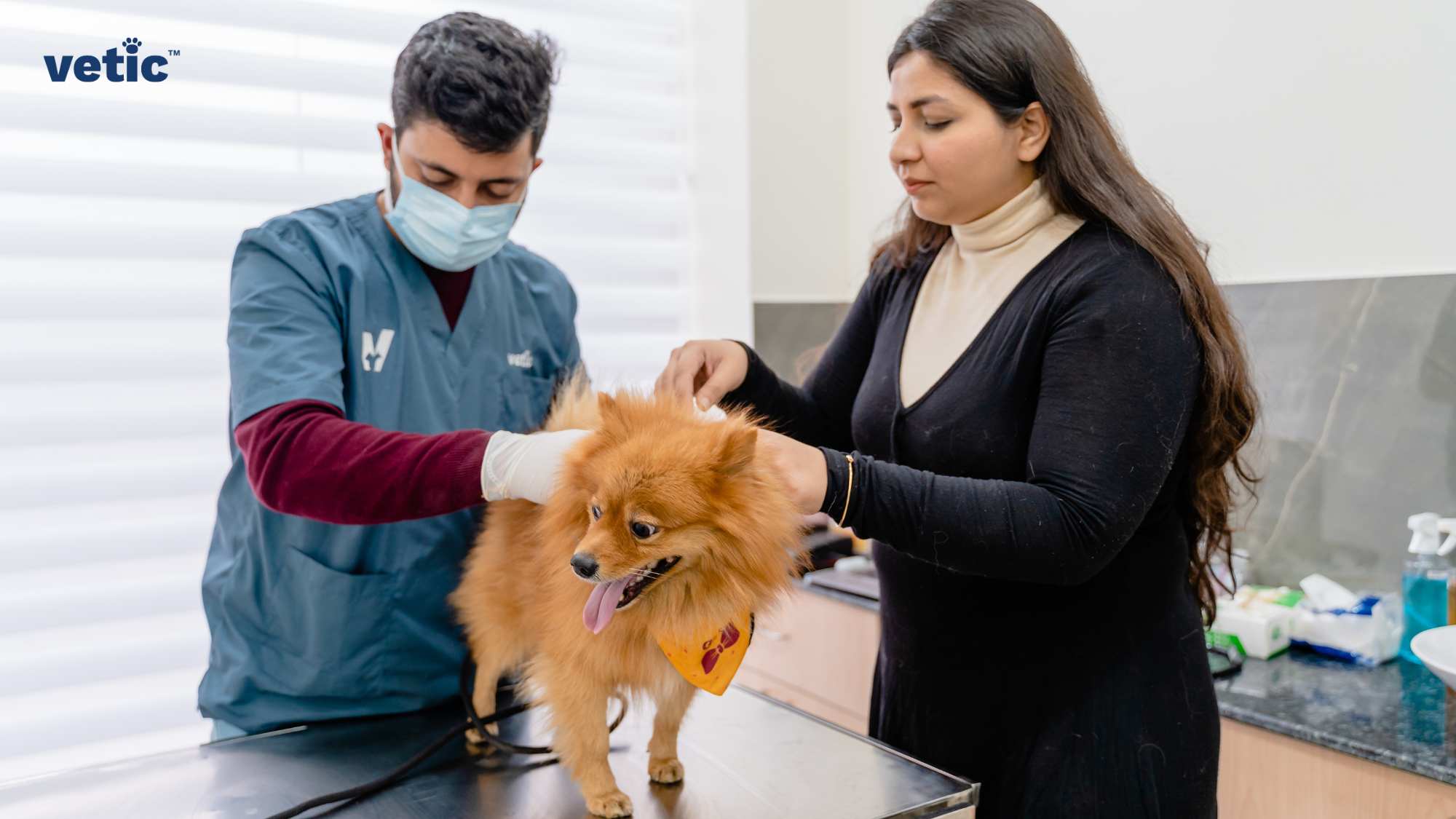Visiting the vet can be a bit stressful—for both you and your pet. But knowing what to do (and what not to do) can make the experience smoother and more comfortable for everyone involved.
Every pet parent wants the best for their furry friend, and part of that involves understanding how to navigate a vet visit properly. Avoiding common mistakes can help ensure that your pet gets the best care possible and that your visit is as stress-free as it can be.
Let’s explore some of the things you should never do during a vet visit.
Visiting the Vet: 15 Things You Should Never Do
- Show Up Without an Appointment
- Arrive Late
- Bring Other Pets Along
- Let Your Pet Roam Free
- Forget Important Medical Records
- Skip Informing the Vet About Your Pet’s Recent Behaviour
- Leave Your Pet Unsupervised
- Ignore Your Pet’s Anxiety
- Feed Your Pet Right Before the Visit
- Bring Your Sick Pet Without Warning
- Get Defensive or Argumentative
- Let Your Phone Distract You
- Forget to Ask Questions
- Ignore Follow-up Care Instructions
- Forget to Bring Comfort Items for Your Pet
Here’s what you should 100% avoid while you are visiting the vet next! And if you are already NOT doing these, then, AWSOME!! You are a great pet parent and a kind human!

Booking an Appointment like These Pet Parents Allows the Vet Team to be Prepared
1. Show Up Without an Appointment while Visiting the Vet
Always call ahead to schedule an appointment. Walking in unannounced can disrupt the vet’s schedule and might mean a longer wait for you.
Most veterinary clinics have pre-booking facilities. For example, Vetic has an app that allows you to book an appointment with your desired doctor at any time during the day.
2. Arrive Late While Visiting the Vet
Being late throws off the vet’s schedule and can shorten the time your pet receives care. Always aim to arrive a few minutes early.
Arriving late may result in the loss of your slot since there are 10 other furbabies waiting in line right after you.
3. Bring Other Pets Along
Bringing additional pets can be distracting and stressful. Focus on one pet at a time to give them the attention they need.
Do not bring a healthy pet to the clinic if they don’t require regular checkup or vaccination.
4. Let Your Pet Roam Free

Always Use a Leash or Carrier Like This Pet Parent Here
Keep your pet on a leash or in a carrier. Other animals or situations in the waiting room can be unpredictable.
It is risky for your pet as well as others, since a free-roaming pup or kitty can cause considerable ruckus inside the waiting area.
5. Forget Important Medical Records
Your vet needs your pet’s medical history to provide the best care. Always bring any necessary documents, including vaccination records and notes on recent health issues.
You can use an app like Vetic that allows you to keep your pet’s records and reports consolidated.
6. Skip Informing the Vet About Your Pet’s Recent Behaviour
Behavioural changes can be signs of underlying health issues. Be upfront about any unusual habits or symptoms your pet has displayed.
If your pet has become lethargic or aggressive all of a sudden, you must inform your doctor.
7. Leave Your Pet Unsupervised
Don’t leave your pet alone in the waiting room or exam room. It can be stressful for them and unsafe if they encounter other animals.
Do not leave your pet unattended under any circumstances. If you are alone, seek help from the clinic staff in case you are needed elsewhere.
8. Ignore Your Pet’s Anxiety

Lessen Your Pet’s Anxiety Just Like This Pawsome Parent
Pets can sense your mood and surroundings. Comfort them if they seem anxious, and inform the vet so they can take steps to ease their stress.
Anxiety is normal for pets visiting the clinic, but it can also cause breathing trouble and interfere with their checkup. Speak with the vet if your pet is showing signs of anxiety.
9. Feed Your Pet Right Before the Visit
Feeding your pet right before the visit can cause nausea, especially if your pet is anxious. Skip the meal or give them a light snack at least a couple of hours before the appointment.
Feeding right before a drive may result in vomiting which can be confusing especially if your pet is already sick and you are going in for an examination and diagnosis.
10. Bring Your Sick Pet Without Warning
If your pet is showing signs of a contagious illness, inform the vet beforehand. They might arrange a special room or advise on what precautions to take.
Some diseases can be highly contagious or serious and require the staff to take pets directly to the treatment room. Always inform the staff beforehand so they have time to prepare.
11. Leave without Asking Questions

Ask a Hundred Questions to the Vet Like This Pet Parent
If your vet suggests something you weren’t expecting, listen carefully and ask questions. Their goal is to provide the best care for your pet.
If you have additional questions, request their email id or phone number so you can reach them once you have gathered your thoughts.
12. Let Your Phone Distract You
Stay off your phone during the appointment. Your vet needs your full attention to discuss your pet’s health.
Getting distracted can mean anything from risking your pet’s health to missing your slot!
13. Forget to Bring Water and Treats
Since your pet will not be having a full meal anytime soon, you may want to keep them hydrated by offering water or broth.
If your pet doesn’t have any health conditions, there’s no harm in keeping a handful of treats nearby. They will also help manage your pet while the doc examines them.
14. Ignore Follow-up Care Instructions
Follow-up care is crucial for your pet’s recovery or ongoing health. Make sure you understand and follow through on the vet’s instructions.
Make sure you have a way to stay in touch with the team during the follow-up care process
15. Forget to Bring Comfort Items for Your Pet
If your pet has a favourite toy, blanket, or treat that helps them feel more secure, bring it along. Familiar items can help reduce their stress during the visit.
It can also lessen their anxiety significantly.
10 Things You Should Do Before, During and After Visiting a Vet
- Book an Appointment in Advance
Always schedule your visit ahead of time to ensure the vet is ready to see your pet. - Arrive Early
Arriving a few minutes before your appointment can help your pet acclimate to the environment. - Focus on One Pet Per Visit
If you have multiple pets, consider separate visits so each one gets the attention they need. - Keep Your Pet Secure
Always use a leash or carrier to keep your pet safe and calm. - Bring All Necessary Documentation
Carry your pet’s medical records, especially if there have been recent changes in their health. - Share All Relevant Information
Be honest and detailed about any changes in your pet’s behaviour or health. - Stay with Your Pet
Stay with your pet throughout the visit to provide comfort and ensure their safety. - Help Your Pet Stay Calm
Comfort your pet and ask the vet about possible ways to reduce their anxiety. - Plan the Feeding Schedule Around the Visit
Feed your pet a light meal a few hours before the appointment to avoid any discomfort. - Pay Attention and Take Notes
Listen carefully during the appointment, ask questions, and take notes if needed. Follow all post-visit care instructions closely.
By avoiding the common pitfalls of a vet visit and adopting better practices, you can ensure that your pet’s trip to the vet is as smooth and beneficial as possible. It’s all about being prepared, staying calm, and focusing on what’s best for your furry friend.

